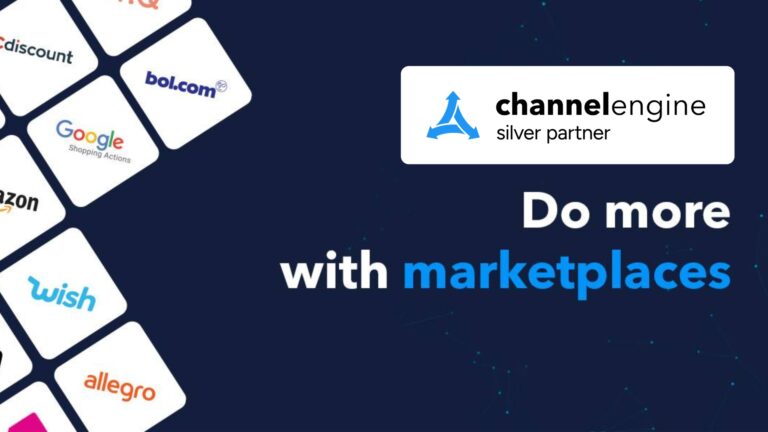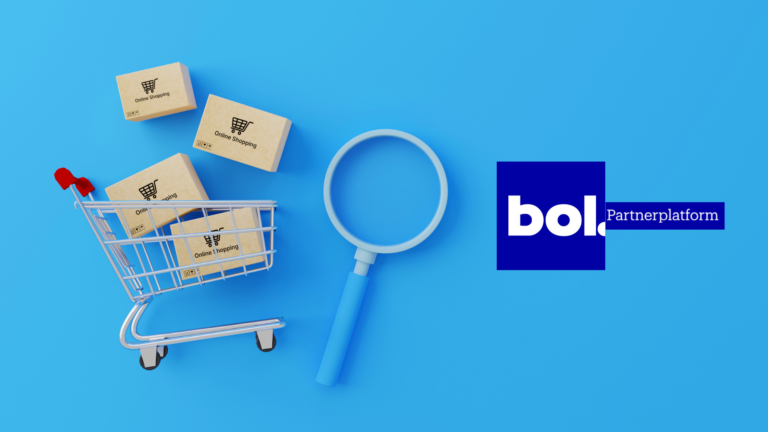AMAZON 1P: A DIRECT PARTNERSHIP
Amazon 1P, also known as Vendor Central, represents a direct relationship between the brand and Amazon. In this model, brands act as wholesalers, selling their products to Amazon, who then takes ownership of the inventory. As a 1P seller, brands have the advantage of utilizing Amazon’s immense distribution network, access to Prime customers, and various marketing and advertising tools.
Benefits of Amazon 1P:
-
Enhanced Visibility: Selling through Amazon 1P provides brands with the opportunity to gain high visibility, as their products are sold and fulfilled by Amazon. This can lead to increased exposure and improved discoverability among customers.
-
Prime Eligibility: By partnering with Amazon 1P, brands can tap into the vast Prime customer base. Prime offers fast, free shipping, which encourages higher conversion rates and repeat purchases.
-
Marketing and Advertising Support: Amazon provides 1P sellers with access to robust marketing and advertising tools, such as Sponsored Products and Brand Stores. These features enable brands to create targeted campaigns, drive traffic, and boost sales.
AMAZON 3P: EMPOWERING BRANDS AS INDEPENDENT SELLERS
In contrast, Amazon 3P, or Seller Central, allows brands to sell directly to customers on the Amazon platform. Brands act as independent third-party sellers, retaining ownership of their inventory and assuming responsibilities for shipping, customer service, and order management. This model provides greater control and flexibility, allowing brands to showcase their unique value propositions.
Benefits of Amazon 3P:
-
Greater Control: Selling as a 3P seller grants brands full control over pricing, inventory management, and product listings. This enables them to tailor their strategies, experiment with pricing, and respond quickly to market demands.
-
Brand Identity and Loyalty: By selling directly to customers, brands can establish a distinct identity and foster stronger customer relationships. Customized packaging, personalized communications, and post-purchase experiences contribute to building brand loyalty and repeat business.
-
Expanded Market Reach: Amazon 3P sellers have the opportunity to access international markets by utilizing Amazon’s Global Selling program. This facilitates expansion into new regions, increasing brand exposure and potential customer base.
STRATEGIC CONSIDERATIONS FOR BRAND GROWTH
-
Product and Brand Strategy: Brands should evaluate their goals, product offerings, and target audience to determine the most suitable Amazon selling model. Certain product categories and pricing structures may align better with 1P or 3P, so strategic planning is crucial.
-
Fulfillment and Logistics: Choosing between Fulfillment by Amazon (FBA) or self-fulfillment impacts customer experience and operational efficiency. Brands must assess their capacity, shipping costs, and service-level requirements to optimize fulfillment methods.
-
Data-Driven Decision Making: Both 1P and 3P models provide valuable data insights. Brands should leverage analytics and reporting tools offered by Amazon to monitor performance, identify trends, and optimize marketing strategies.
START SELLING: 1P OR 3P?
In conclusion, understanding the difference between Amazon 1P and 3P is vital for brands seeking to thrive in the competitive world of online marketplaces. Both models offer unique benefits that can contribute to brand growth and success.
Amazon 1P provides brands with the advantage of partnering directly with Amazon, gaining access to enhanced visibility, Prime eligibility, and powerful marketing and advertising support. This model is well-suited for brands looking to leverage Amazon’s vast distribution network and tap into a large customer base.
On the other hand, Amazon 3P empowers brands to maintain control over their inventory, pricing, and customer relationships. It allows for customization, brand identity building, and market expansion through Amazon’s Global Selling program. This model is ideal for brands looking to showcase their uniqueness and establish strong customer loyalty.
When choosing between 1P and 3P, brands must consider their product offerings, goals, and target audience. Strategic planning, fulfillment and logistics decisions, and data-driven decision making are key factors that contribute to success on the Amazon marketplace.
Ultimately, both Amazon 1P and 3P can serve as powerful tools for brand growth. By harnessing the strengths of each model and aligning them with their specific business objectives, brands can capitalize on the vast opportunities offered by Amazon and unlock their full potential in the dynamic world of e-commerce.
Book a free introduction call with one of our trained Amazon specialists to learn more about the possibilities to start selling on Amazon as 1P or 3P.







